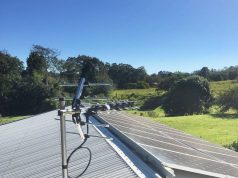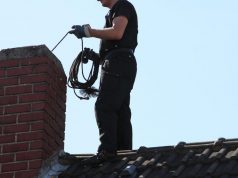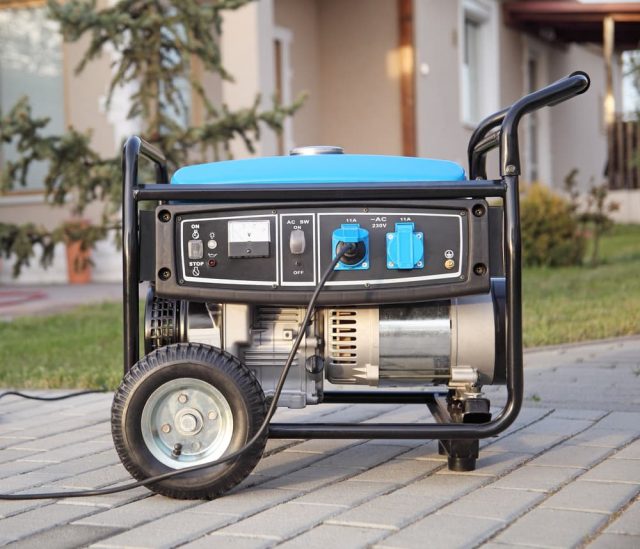
Imagine the electricity goes out when you are trying to meet the deadline or make a transaction. Sudden power off brings disturbance in most of the cases.
Do not let these situations stress you out. An inverter generator is your best solution to the circumstance. It allows you to work with the major power source.
However, not everyone knows how to choose a generator for home.
This article will provide you with basic information about choosing the generator to serve you in such an incident.
Following these steps, you can pick a good machine to light up your house while waiting for the power back.
Consider the wattage needed
Each generator comes with particular specs, hence the wattage. You will need to evaluate the number of watts the machine can feed or else it may lead to an electrical fault.
Before owning a generator, you should pre-count the devices expected to use and its total power consumption. You can find this information in the user’s manual or label on the machine.
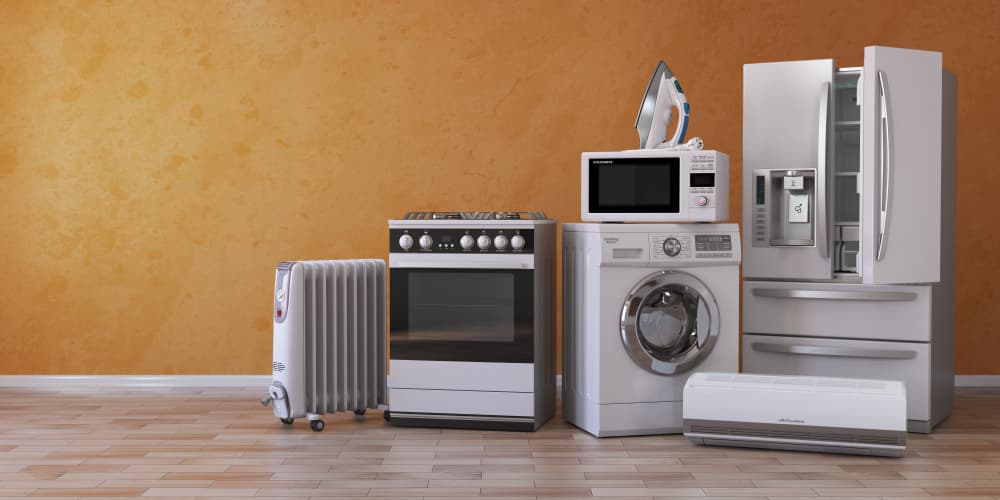
12,500 watts is the average estimate to run the entire home. However, it is necessary to take advance to calculate the exact amount.
Assuming that you need to operate lights, fans, television, and simple cooking with a microwave, a small-wattage generator from 2,000 to 4,000 watts will suffice the purposes.
If you want to apply to high power-consuming devices such as a small refrigerator or a toaster oven, you need a higher wattage generator.
It is important to keep in mind that what you have calculated is just the average usage amount. It may require more than what you have listed.
Therefore, a solution is after adding up the wattage requirements of the appliances and tools you need to run, you should plus 10 to 20% of the number to make sure that you are not ending up halfway.
Another point you need to consider is the higher the power output of the generator, the heavier and more expensive the generator.
Select a type of generator
After having the data in hand, it is time to choose the size of your generator. There are two types of machines available on the market.
Standby generator
This backup electrical system can operate automatically.
A standby generator stands permanently on a concrete pad in your yard and will provide uninterrupted backup for days, so it works well during storms.
It can run with different fuels like natural gas, liquid propane or diesel.
For its permanent usage, people prefer the big ones for the higher capacity of power production.
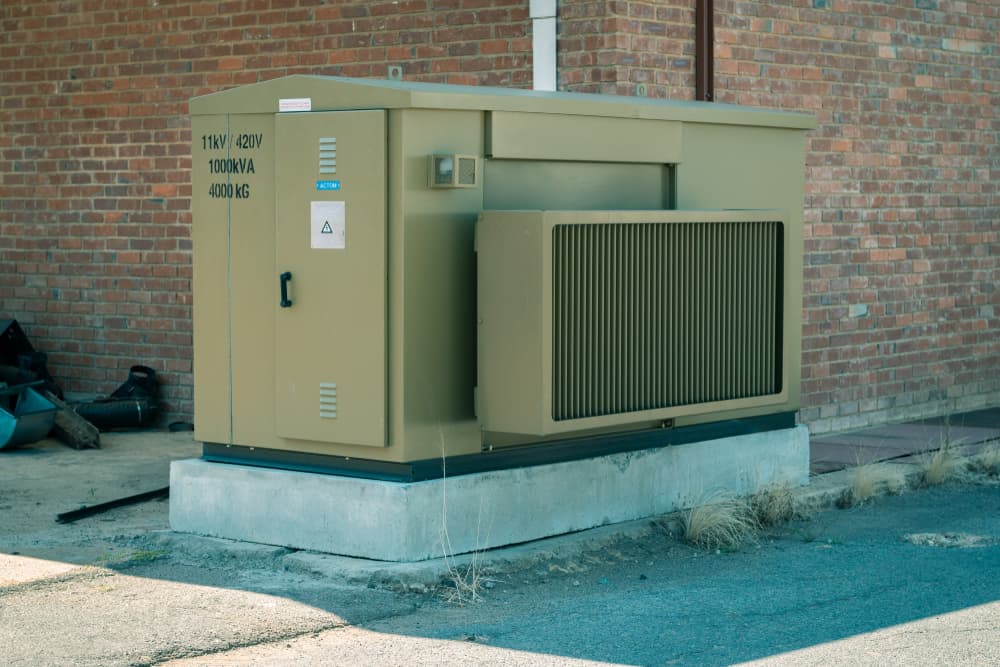
Standby generators range from 5,000 to 20,000 watts. But because they own a bulky shape and relatively high specs, they are costly.
The typical cost falls from $3,000 up to $6,000. You also need to spend money on fuel. Constantly, big machines consume more fuel.
Needless to say, the price suggested above does not include the installation. To set up a generator at home, you need to hire a specialist to do the work.
Furthermore, the standby generator requires maintenance and upkeep to work well.
Inverter generator
The machines use fossil fuels to run the internal combustion engine. It doesn’t always remain a constant speed but throttling up and down following the demand.
An inverter generator can calculate the power needed to suffice the devices in the current.
If you plan to go for camping or outdoor activities, an inverter generator is the best choice. It is typically lightweight, quiet and convenient. The handlebar lets you move it around.
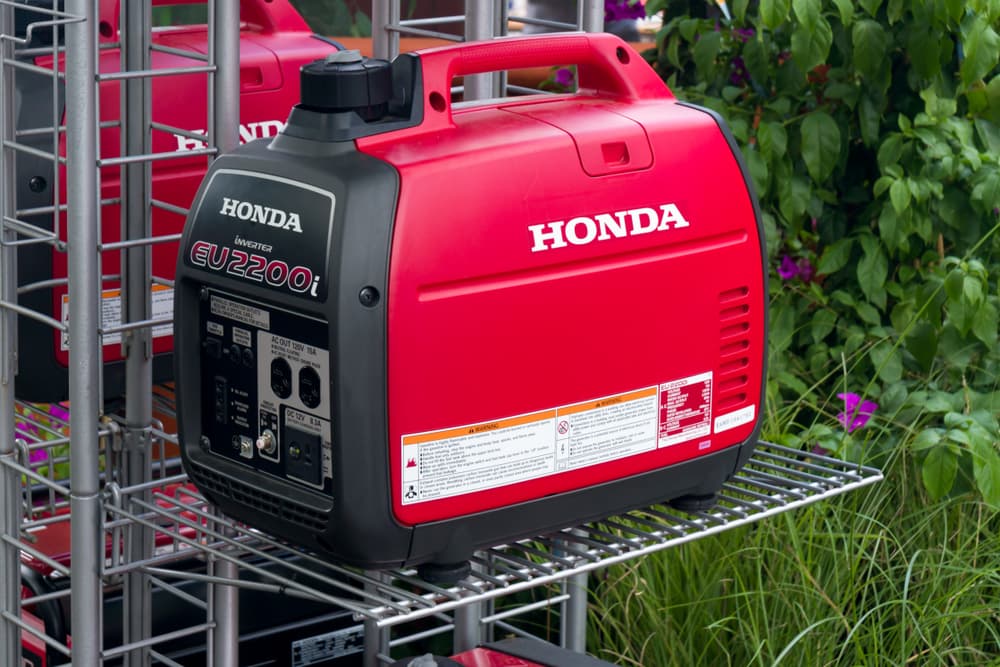
Inverter generators provide a true sine wave to protect sensitive electronics such as laptops.
An inverter generator can work along with its brother unit, enabling you to increase the wattage by connecting them together.
That means you can take advantage of the double power instead of one.
Inverter generators require minimal maintenance. But you need to perform a few inspections on the batteries once a year.
Look for important features
Fuel efficiency
In general, most generators run on gasoline, while some operate on propane.
So, it is necessary to consider fuel efficiency, especially how many hours the machine will run per gallon of gas.
Be alert of the remaining time to add more fuel when needed.
Another aspect of fuel efficiency is how much fuel is burned. A generator that burns all energy source quickly will increase the fuel filling times.
Generators often have either two-stroke or four-stroke engine. The four-stroke generators do not require oil mixing with fuel as it produces more power than a two-stroke one.
Electronic starter
With the development of technology, the generator normally has an electronic starter.
In the past, you need a strong arm to tug the recoil rope until it sparks into roaring life. But you can activate modern machines with a button.
Life is so much easier now.
With the push-button, you can save an amount of fuel for longer use.
Equip your home with a home electric generator today
Getting a generator to supply the backup power for your own needs is a smart purchasing decision.
We hope you’ve got the guideline thoroughly.
By considering the steps, you will be able to choose the one that meets your requirements.
Share this to your friends, so they know where to start with picking the right generator for home.

